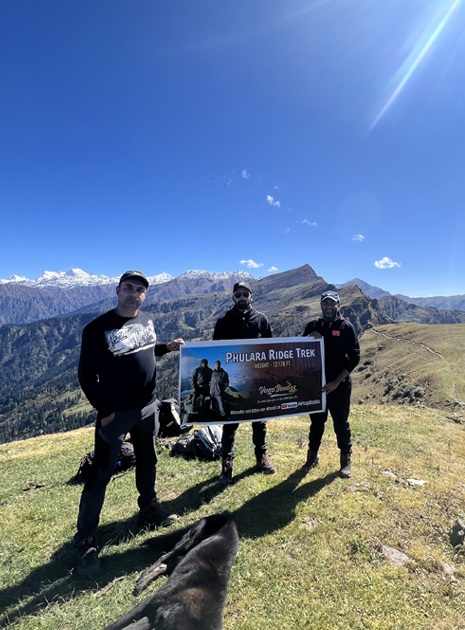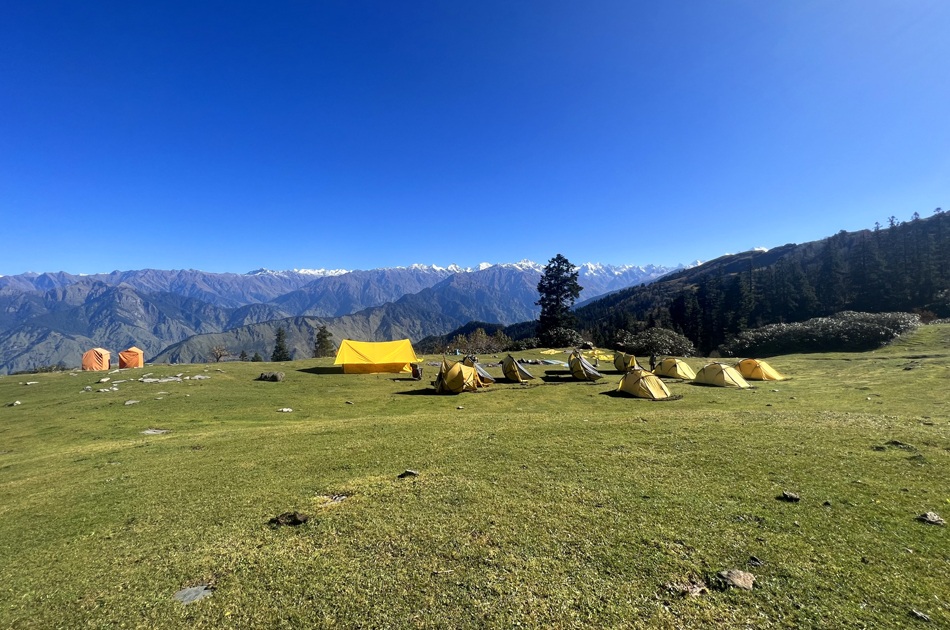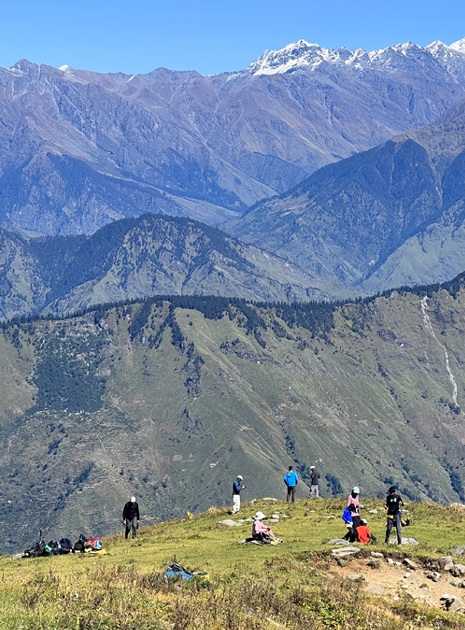Description
The Phulara Ridge trek is one of the lesser explored Himalayan gems concealed within the extensive landscape of the Sankri range. It is a neighbor to the famous Kedarkantha trek and a perfect spot for all trekking enthusiasts looking for something new. Usually, a ridge comes as a part of many high-altitude Himalayan treks, but here it is the show stopper.
Imagine a heavenly road on the summit point with a view of massive glaciers and peaks on both sides, there is no other ridge as prominent as the Phulara Ridge. Like a miniature version of the Great Wall of China, the Phulara Ridge twists and turns through several valleys and meadows of Uttarakhand. Though the trek allows us to spend more than 4 hours on this heavenly lane, a walk here is timeless and eternal.
This Himalayan haven is nestled at a height of 3,700M in Sankri, Uttarakhand. It is a 5-day trek with a dose of culture, nature, and adventure, ideal for both beginners and professional trekkers who are looking for a unique experience. In the course of 5 days, the trails of Phulara take us through some dense forest areas with mystical vibes, vast grasslands, and lush green meadows with panoramic vistas. The aftertaste of this place is sure to remind you of the The Jungle Book by Rudyard Kipling.
The key highlight of this trek is walking on the ravishing ridge and the stunning views of the massive peaks Swargarohini (6,252M) and Kala Nag (6,387M). Until now, no one has climbed Swargarohini because it’s one of the holy peaks of Uttarakhand. Kala Nag aka Black Peak on the other hand is a renowned peak under the technical expedition category. Other than the ridge and the peaks, walking through the oak and pine trees, relishing the sunset at campsites, spotting wildflowers, crossing through the quaint Taluka village, and relaxing on the vast meadows are some of the other captivating highlights of this trek.
The best time to do this trek is during summers from May to June or before winters from September to October. On us Rating Scale, this trek falls under level 2 – Easy. But, facing high altitudes and trekking for long distances requires adequate fitness levels and proper knowledge about gears. The trail of the Phulara Ridge trek comprises challenging ascents and long distances. Without enough leg strength and lung capacity, you won’t be able to enjoy the trek.
Whether you are an avid trekker in search of a new territory or are only just starting out on your journey into the world of trekking, Phulara Ridge is a trek worthy of consideration. Scroll down for itineraries, images, blogs, and other information.
Itinerary





